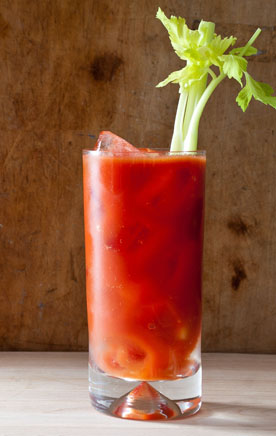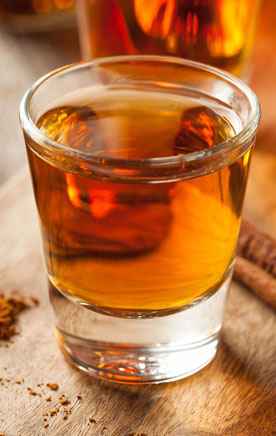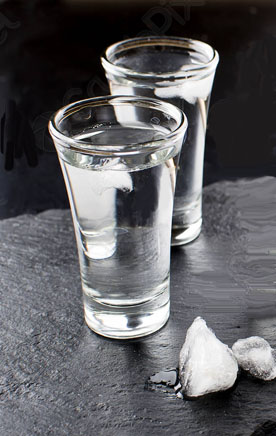Best Moonshine
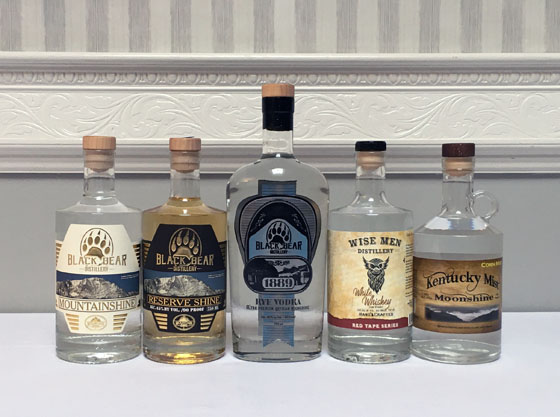
The Tasting:
The Fifty Best held a "blind" tasting of moonshine whiskies with thirteen members of our spirits judging panel. The order of service was established beforehand by lottery. Strict tasting rules were applied. Each of the moonshines were poured into fresh glasses from new sealed bottles, and served at slightly above room temperature. The judges wrote down their impressions of each product on score sheets. The scoring was done on a 5-point system, with 5 as the highest. Gold and Silver medals are awarded according to a set range of final point scores received from the judges. There were no Double Gold or Bronze medals awarded for this tasting. The tasting notes that follow are summaries of the judges’ opinions, with all replicated commentary eliminated. The distilleries, states of origin, and alcohol proofs are identified for each brand. Clicking on the brands' names will link to their websites.
|
|
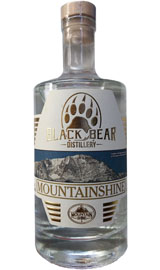 |
|
|
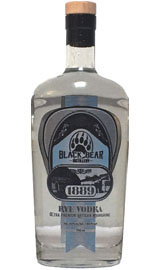 |
|
|
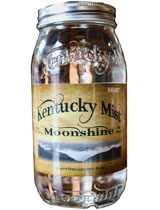 |
|
|
 |
|
|
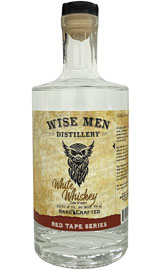 |
Moonshine – Liquid Americana
Moonshine is intrinsically linked to American history. There’s no other liquor on the shelves that has had a bigger impact on our country’s heritage.
Distilleries were common in early America. In the 1810 census there were more than 3600 distilleries operating in the state of Virginia alone. At its time Washington’s distillery was one of the largest whiskey distillery in the country. In 1799, the Distillery had five copper pot stills and fifty mash tubs, producing 11,000 gallons of whiskey a year. It was not the custom of the day to age the whiskey, so Washington’s whiskey was not bottled or branded. The whiskey coming from the distillery was poured into wooden barrels, usually 31 gallons in size, and shipped to nearby merchants. The whiskey cost about 50 cents per gallon.
In the 1830 thru 1860′s, the Scot-Irish settled the Virginian Highlands since the region reminded them of home. They brought the distilling skills with them. People discovered they could make a living off producing corn whiskey — mainly because the liquor could be produced and sold quickly, as it didn’t require years of aging in barrels. By the 1900′s there where over 15,000 registered stills in the U.S.
Then Prohibition happened in 1919, but consumers wanted their whiskey. So once again moonshining became big business. Many people in the Appalachian states were still making moonshine as a means to make ends meet, and suddenly millions of gallons of hooch were sold. The small family stills were not enough to supply the large demand, and moonshine stills popped up across the country. As we know, not all were quality product and some were even deadly.
When alcohol became legal again, the moonshine trade plummeted. But not for the people in the Appalachia states where distilling moonshine had been a way of life for generations, and the excise taxes became so high it was worth the risk to make it. Moonshine production continued to flourish in the backwoods Appalachia, including North Carolina, Tennessee, & Virginia. However, Franklin County Virginia is considered the moonshine capital of the world.
Moonshine is basically unaged corn whiskey. Distilling moonshine is a very simple process, requiring four main ingredients: corn, sugar, yeast, and water. Corn can be substituted with various ingredients, including barley, rye, or fruit, but corn is most often used because it is cheap and easy to obtain. The XXX on moonshine jugs is a classic symbol. It signifies how many times the moonshine batch had been run through the pot still. Three X’s indicated that it had been run through 3 times and that the shine was high, almost pure alcohol, above 80% ABV (or over 40 prf).
To some, moonshine brings to mind images of hill people tramping through the Appalachian backwoods, making white lightning in illegal copper stills and peddling mason jars filled with shine. The main difference with modern-day moonshine is that the people distilling it aren’t operating outside the law. Moonshine is now generally used as a catchall term for unaged white whiskeys – also referred to as white lightning, hooch, white dog and corn liquor. For decades, most people had never even seen a jar of moonshine, let alone tasted it. These days you can find it at stores, bars and restaurants around the country thanks to loosened liquor laws and changing consumer preferences. There are now more than 400 distilleries legally producing moonshine all across the United States.
Moonshine is a truly authentic "craft spirit" — literally handcrafted in small batches and hand-packed in a very traditional fashion. Shine on moonshine!
Disclaimer: This section of the website is intended for visitors 21 years of age and older.
If you are not of legal drinking age, please exit by clicking here.
Please drink responsibly!




